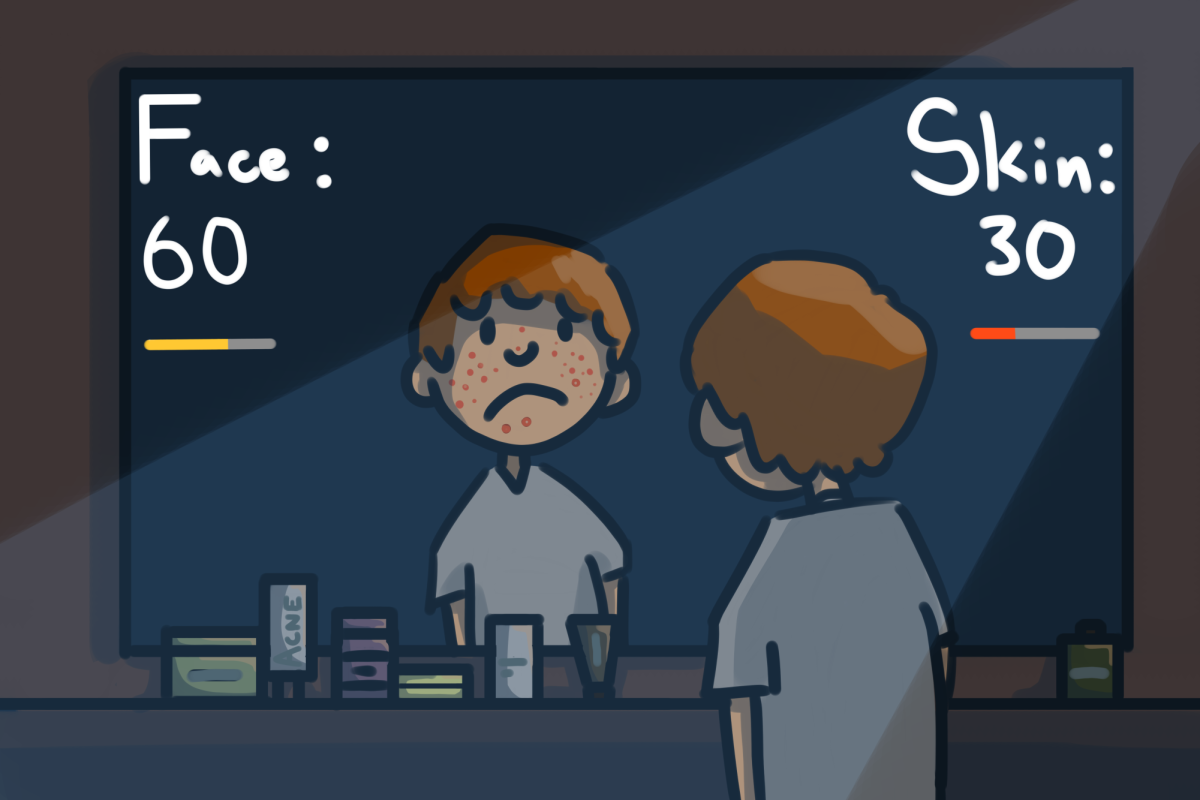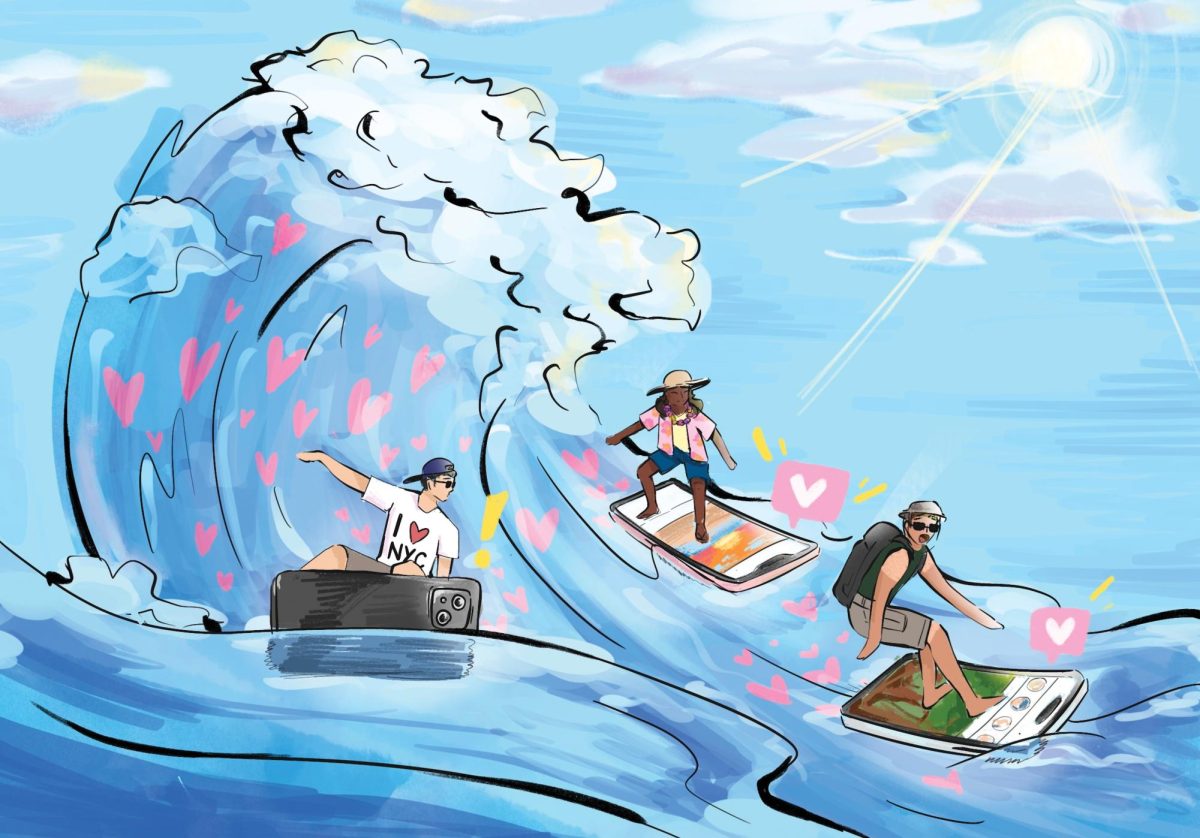Although it has only been two months since the school year started, one might say that we all could use a long holiday.
With the ever-looming shadow of end-of-semester summatives, CAS projects, and other miscellaneous school tidbits, it is only natural that we seek rest and leisure from our rigorous academic duties. An adequate break serves as a refresher for our minds, replenishing our spirits in lieu of studying.
In light of such holidays, some might ponder on spending their vacation by traveling around the world, exploring new and peculiar places while letting themselves loose from their routines. This is especially true when celebrities and influencers on social media showcase their relaxed yet glamorous vacations in tourist destinations widely known by just everyone. After all, would it not be fascinating to see what they have seen and shared with the world?
Testing The Waters
At first glance, such a thought may seem intuitive to most people. With social media becoming the basis of modern life as we know it, it would most definitely be wise to tap into the bottomless potential of the medium.
As the main source of entertainment as well as a mode of communication for the majority of the population, it has become second nature for us to get our information from platforms such as Instagram and TikTok.
Social media provides us with a tailored feed of current and engaging content. Its ease of use ensures that we can get the need-to-knows in an instant. This is amplified by the appeal of instant fame, where with the right post, a single person can reach a mainstream audience in mere hours.
Netizens—people who frequent the internet—are more likely to follow said trends on social media. They view the sparkle and glamour of such phenomena as a means of social mobility and aspire to follow its wake. Such behavior is prevalent among future tourists, as studies have shown that netizens nowadays trust advice on social media more than official tourism guides and blogs.
That said, social media serves as a better alternative for businesses and tourist destinations, aiming their products and services to the prevalent and rising wave of the ever digitally-active millennials and Gen Z.
However, the positives of social media only benefit well-established locations on social media, leaving many smaller, worthwhile tourism spots left behind.
Under The Waves
Social media is, in all of its glory, a place to showcase ourselves to the world. It is where netizens share their highest peaks, their lowest depths, and everything in between.
Paired with the algorithms used by social media platforms as an incentive, no wonder the content provided by its feed pages only surrounds recycled ‘hit’ topics or places—including where people spend their vacations.
The phenomenon creates a positive feedback loop among tourists that wish to research their own vacations. They might only be receiving the favorites of others while being interested in different subjects, restricting their purview.
This is then exacerbated by the rise of trend-based tourism, where trend-savvy influencers travel to destinations purely for the sake of content. These digital tourists assume that if they travel and share their experiences on their social media accounts, they will be regarded as up-to-date and trendy individuals. With such an assumption, they seek to gain from following trends, with the end goal being to break onto the front page of their respective platforms overnight.
Needless to say, digital tourists will hardly achieve the clout and popularity they hope to amass.
By mindlessly following the trend-seeking herd, such digital tourists will only appear as appealing and unique as their fellow content creators right beside them, posting the same exact location on their own accounts.
This, in turn, voids the entire purpose of following popular trends, as social media platforms favor new and highly engaged content to replace existing trends that have run well past its wake.
Therefore, the buzz around tourist hotspots should be taken as a sign of consideration for any digital tourist seeking a rapid rise to fame during their journey—especially if the wave of visitors at the destination is the result of a social media trend.
Pioneering The Current
Regardless, using social media itself is not by any means invalid.
It would be wrong to assume that the polarization of tourism hotspots is purely due to a successful media model. Rather, overreliance on social media without clear and objective research on tourist destinations plays a major role in the issue.
Instead of only referring to social media, aspiring travellers can compile research from official tourism websites and globetrotting blog posts. Such sources may also contain more details on local transportation and accommodation, culinary experiences and expectations, the history and culture of the locations, and other interests.
Tourism is, first and foremost, not about pleasing others. It should be about relaxation and refreshment, finding new experiences unique to their own and creating stories from such journeys to be told to others.
Such endeavors, if the aforementioned digital tourists find lucrative and intriguing, might just be enough for them to come and explore such places at their own expense—losing themselves amidst the alluring sea of the unknown.






























